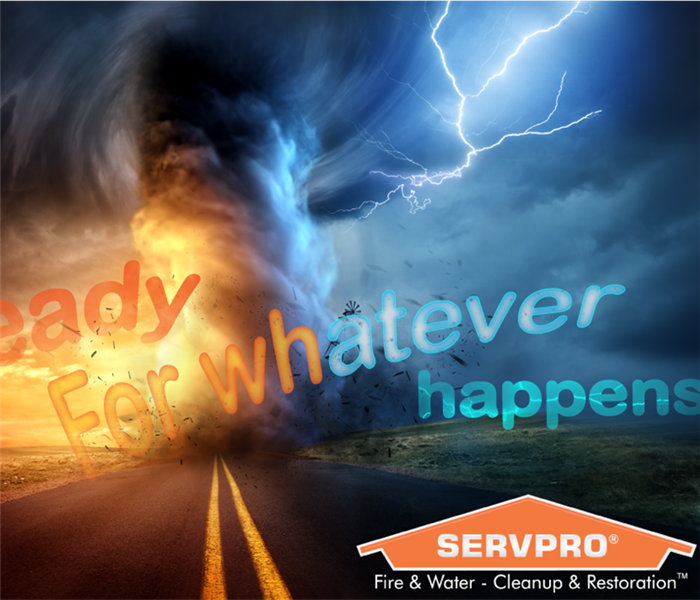How to assess the extent of fire damage in your home
4/9/2024 (Permalink)
Experiencing a fire in your home can be a devastating event, leaving you feeling overwhelmed and unsure of where to start in the recovery process. At SERVPRO®, we understand the importance of taking immediate action and assessing the extent of fire damage to begin the restoration process promptly. In this blog post, we'll guide you through a step-by-step process to help you evaluate the aftermath of a fire and understand the severity of the damage.
Safety First
Before entering your home, ensure that it is safe to do so. Always wait for the go-ahead from the fire department or other relevant authorities. Once you have clearance, wear protective gear, including gloves and a mask, to safeguard yourself from potential hazards such as smoke residue and soot.
Evaluate Structural Damage
Begin by assessing the structural integrity of your home. Check for visible signs of damage, including sagging ceilings, cracks in the walls, or compromised support beams. If you notice any significant structural issues, it's crucial to consult with a professional before re-entering the premises.
Inspect the Interior
Survey each room thoroughly to identify the extent of damage. Look for areas where the fire was most intense, noting the level of destruction. Pay close attention to walls, ceilings, and floors, as well as the condition of personal belongings and furniture. Documenting the damage through photographs can be beneficial for insurance claims.
Examine Electrical and Plumbing Systems
Inspect electrical outlets, wiring, and plumbing systems for any visible damage. Fire can compromise these systems, posing additional risks. If you notice any issues, contact a qualified professional to assess and repair the damage.
Assess Water Damage
Firefighting efforts often involve water, leading to potential water damage in addition to fire damage. Check for waterlogged areas, including ceilings, walls, and flooring. Addressing water damage promptly is crucial to prevent mold growth and further structural issues.
Soot and Smoke Residue
Evaluate the presence of soot and smoke residue on surfaces. Different materials produce varying types of residue, and understanding this can help in choosing the appropriate cleaning methods. In some cases, professional cleaning services may be necessary to ensure thorough removal.
Assessing the extent of fire damage in your home is a critical first step towards recovery. While this guide provides a general overview, it's essential to consult with professionals like SERVPRO to develop a comprehensive restoration plan tailored to your specific situation. Remember, acting swiftly and systematically will pave the way for a successful recovery and the restoration of your home to its pre-fire condition.






 24/7 Emergency Service
24/7 Emergency Service
